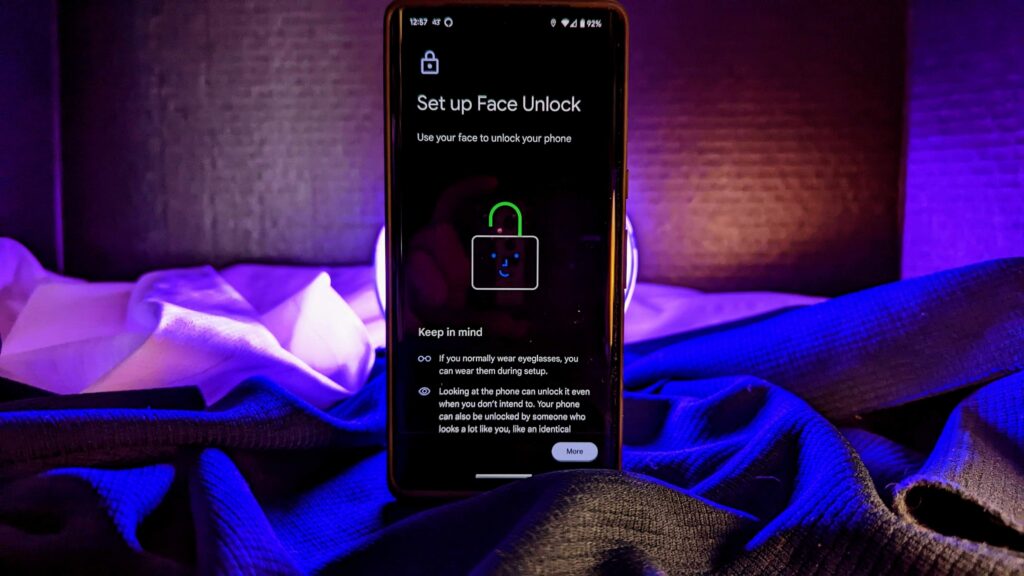Authentication represents a ubiquitous facet permeating modern technology use. But friction elements like manually toggling face recognition against fingerprint detection introduces substantial annoyance for smartphone owners – except Google Pixel series trailblazers.
This analysis dives into Pixel’s industry leading biometric sign-in transparency, the engineering orchestrating this seamlessness and ponderings on whether the future melts away security tradeoffs between convenience and confidence even further.
The Authentication Annoyance Spectrum
Before exploring Pixel’s unlock superiority, we must first quantify various authentication irritation stimuli users typically endure:
Mode Switching Fatigue
Needing to manually select face unlock or fingerprint sign-in from settings each instance touches a frustration nerve for time starved users.
Environmental Limitations
Donning masks or gloves to battle environments obstructing facial recognition and contact skin sensors also annoys through imposed usage barriers.
Presentation Inconsistencies
Variation between scan successes, false rejections and biometric sampling failures induces substantial psychological tension diminishing perceived reliability.
Cumulatively, these authentication anxieties erode critical user trust and delight towards device security.
![]()
Google Pixel: Pinnacle of Biometric Convenience
However, Google Pixel smartphone series stands uniquely positioned offering Android’s most seamless face/fingerprint unlock experience via:
Dual Sensor Redundancy
Embedding both 3D facial geometry and capacitive fingerprint hardware simultaneously allows dynamic contextual authentication without explicit user-directed mode switches.
Intelligent Priority Handoff
This also enables automatic handoff between biometric modalities using heuristics around environmental conditions and prior success rates for optimal outcomes.
Consistency Refining Algorithms
And machine learning powered algorithms further refine matching sensitivity – providing natural adaptability maximizing individual user compatibility over time through consistency improvements minimizing failure rates.
Together, such technological harmonization delivers a secure yet frustration-free unlock experience heightening Android’s premium perception.
Diving Into the Engineering
Achieving such biometric fluidity demands extensive software orchestration integrating tight hardware synergies covering aspects like:
Holistic Sensor Fusion
Collating facial recognition camera feeds, in display ultrasonic fingerprint scans and inertial device movement sensor data enables dynamically inferring user intent and ideal sign-in approaches.
Failover Handling
Gracefully recovering from any individual modality failures prevents abrupt halts through verification routing toggles keeping authentication progress uninterrupted.
Environmental Adaption
Continuously sampling ambient lighting, accessory connections and usage posture allows tailoring biometric matching around situational nuances all enhancing success rates. And machine learning powered analytics continuously uplift the entire orchestration engine.

Future Outlook on Authentication
Stepping back, Google Pixel’s biometric sign-in user experience advances provoke wider speculation is authentication’s future frictionless and more profoundly integrated across additional sensors like:
Wearable Cross-Device Geo Tagging
Using wearables to geo locate phones or laptops could strengthen proximity based device unlock tailoring for convenience.
Behavioral Authentication Traits
Distinct gait patterns, typing rhythms and even voice modulation characteristics could all contribute securing sign-in flows through multi-factor subtlety.
Assisted Environment Tuning
Instead of purely passive adaption, devices could guide positional or accessory improvements boosting individual authentication success likelihoods through user aided environment tuning.
And some day, truly disappearing user experience paradigms could manifest once the mechanics altogether fade into backgrounds through ubiquity!










Add Comment